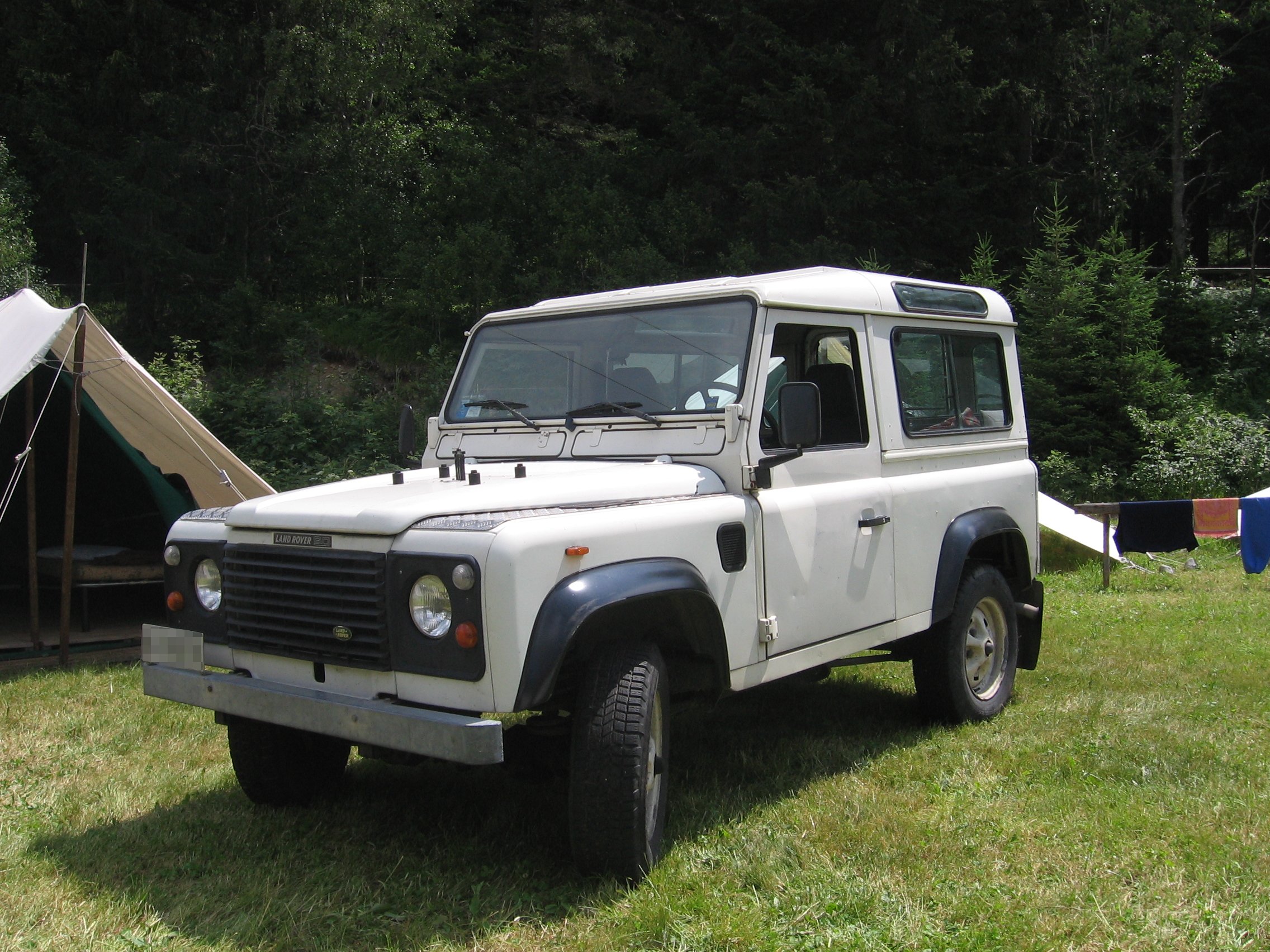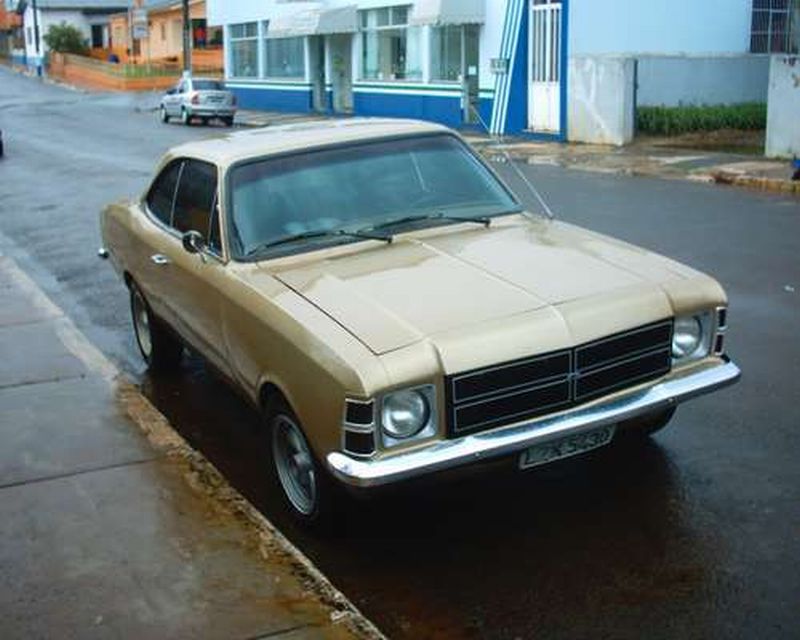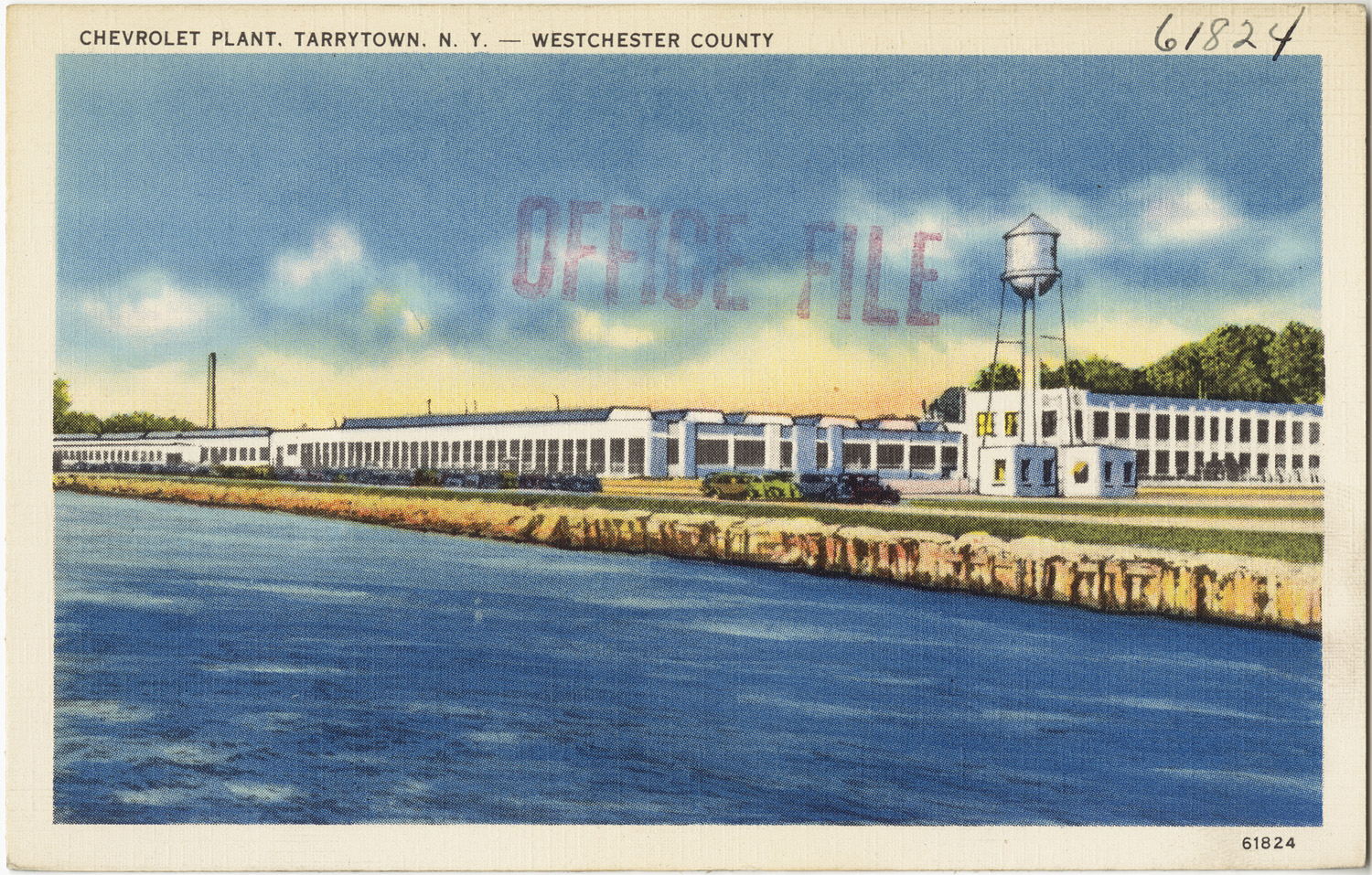|
ZF 4HP22 Transmission
The 4HP 22 is a four-speed automatic transmission from ZF Friedrichshafen AG for passenger cars with rear wheel drive or 4X4 layout. Introduced in 1980, it was produced through 2003, and has been used in a variety of cars from BMW, General Motors, Jaguar, Land Rover, Maserati, Peugeot, Porsche, and Volvo. Specifications Torque The ZF 4HP 22 can handle from 100 to 380 NM of input torque. Technical data Applications 4HP 22 * BMW ** E30 ***1984–1988 316 M10/B18 ***1987–1988 316i M10/B18 ***1988–1994 316i M40/B16 ***1984–1987 318i M10/B18 ***1987–1994 318i M40/B18 ***1982–1993 320i M20/B20 ***1982–1986 323i M20/B23 ***1985–1990 324d M21/D24 ***1987–1990 324td M21/D24 ***1983–1988 325e M20/B27: Type A ***1985–1993 325i M20/B25: Type A ***1986–1992 325ix M20/B25: Type A ** E28 ***1981–1987 518i M10/B18: Type B ***1981–1987 520i M20/B20: Type B ***1986–1988 524d M21/D24: Type B ***1983&n ... [...More Info...] [...Related Items...] OR: [Wikipedia] [Google] [Baidu] |
ZF Friedrichshafen
ZF Friedrichshafen AG, also known as ZF Group, originally ''Zahnradfabrik Friedrichshafen'', and commonly abbreviated to ZF (ZF = "Zahnradfabrik" = "Cogwheel Factory"), is a German car parts maker headquartered in Friedrichshafen, in the south-west German state of Baden-Württemberg. Specialising in engineering, it is primarily known for its design, research and development, and manufacturing activities in the automotive industry. It is a worldwide supplier of driveline and chassis technology for cars and commercial vehicles, along with specialist plant equipment such as construction equipment. It is also involved in rail, marine, defense and aviation industries, as well as general industrial applications. ZF has 241 production locations in 41 countries with approximately 148,000 (2019) employees. ZF Friedrichshafen is more than 90% owned by the Zeppelin Foundation, which is largely controlled by the town of Friedrichshafen. History The company was founded in 1915 in Fr ... [...More Info...] [...Related Items...] OR: [Wikipedia] [Google] [Baidu] |
BMW E28
The BMW E28 is the second generation of BMW 5 Series executive cars, which was produced from 1981 to 1988 and replaced the E12 5 Series. Pre-series production began in April 1981 and the car was introduced in the autumn that year. The E28 was initially produced with straight-four and straight-six petrol engines until 1983, when the 524td model became the first BMW car to be powered by a diesel engine. It was also the first 5 Series with the centre console angled towards the driver and to be available with anti-lock brakes (ABS). The first BMW M5 was produced during the E28 generation. It was powered by the M88/3 and S38 straight-six engines. The E24 6 Series coupés were built on the E28 platform from 1982 to 1989. The E28 was replaced by the E34 5 Series in 1988. Body and interior The E28 has a self-supporting body that is welded to the body platform. The passenger cell is a safety passenger cell with deformation elements both in the front and rear of the vehicle. Un ... [...More Info...] [...Related Items...] OR: [Wikipedia] [Google] [Baidu] |
Land Rover Discovery
Land, also known as dry land, ground, or earth, is the solid terrestrial surface of the planet Earth that is not submerged by the ocean or other bodies of water. It makes up 29% of Earth's surface and includes the continents and various islands. Earth's land surface is almost entirely covered by regolith, a layer of rock, soil, and minerals that forms the outer part of the crust. Land plays important roles in Earth's climate system and is involved in the carbon cycle, nitrogen cycle, and water cycle. One-third of land is covered in trees, 15% is used for crops, and 10% is covered in permanent snow and glaciers. Land terrain varies greatly and consists of mountains, deserts, plains, plateaus, glaciers, and other landforms. In physical geology, the land is divided into two major categories: mountain ranges and relatively flat interiors called cratons. Both are formed over millions of years through plate tectonics. A major part of Earth's water cycle, streams shape the landsca ... [...More Info...] [...Related Items...] OR: [Wikipedia] [Google] [Baidu] |
Land Rover Defender
The Land Rover Defender (initially introduced as the Land Rover 110 / One Ten, and in 1984 joined by the Land Rover 90 / Ninety, plus the new, extra-length Land Rover 127 in 1985) is a series of British off-road cars and pickup trucks. They consistently have four-wheel drive, and were developed in the 1980s from the original Land Rover series which was launched at the Amsterdam Motor Show in April 1948. Following the 1989 introduction of the Land Rover Discovery, the term 'Land Rover' became the name of a broader marque, and thus no longer worked as the name of a specific model; thus in 1990 Land Rover renamed the 90 and 110 as Defender 90 and Defender 110 respectively. The 127 became the Defender 130. The vehicle, a British equivalent of the Second World War derived (Willys) Jeep, gained a worldwide reputation for ruggedness and versatility. Using a steel ladder chassis and an aluminium alloy bodywork, the Land Rover originally used detuned versions of Rover engines. ... [...More Info...] [...Related Items...] OR: [Wikipedia] [Google] [Baidu] |
Jaguar XJS
The Jaguar XJ-S (later called XJS) is a luxury grand tourer manufactured and marketed by British car manufacturer Jaguar Cars from 1975 to 1996, in coupé, fixed-profile and full convertible bodystyles. There were three distinct iterations, with a final production total of 115,413 units over 20 years and seven months. Originally developed using the platform of the then-current XJ saloon, the XJ-S was noted for its prominent rear buttresses. The early styling was partially by Jaguar's aerodynamicist Malcolm Sayer—one of the first designers to apply advanced aero principles to cars—however Sayer died in 1970, before the design was finalised. Its final iteration, produced from 1991 to 1996, was manufactured after Jaguar was acquired by Ford, who introduced numerous modifications – and eliminated the hyphen in the name, marketing Jaguar's longest running model simply as the ''XJS.'' Pre-HE (1975–1981) The XJ-S was introduced on 10 September 1975. The design and ... [...More Info...] [...Related Items...] OR: [Wikipedia] [Google] [Baidu] |
Jaguar X300
The Jaguar XJ (X300) is a full-size luxury sedan manufactured by Jaguar Cars between 1994 and 1997. It was the first XJ produced entirely under Ford ownership, and can be considered an evolution of the outgoing XJ40 generation. Like all previous XJ generations, it features the Jaguar independent rear suspension arrangement. The design of the X300 placed emphasis on improved build quality, improved reliability, and a return to traditional Jaguar styling elements. At the car's launch in October 1994 at the Paris Motor Show, Jaguar marketing material made use of the phrase "New Series XJ" to describe the X300 models. The X300 series represented the result of a £200 million facilities renewal program by Ford. The program introduced state-of-the-art automated body welding robots manufactured by Nissan, and was intended to show the future direction of the British auto industry. Exterior Aesthetically, the X300 received several updates in the design refresh led by Geoff Law ... [...More Info...] [...Related Items...] OR: [Wikipedia] [Google] [Baidu] |
Jaguar XJ40
The Jaguar XJ (XJ40) is a full-size luxury sedan manufactured by Jaguar Cars between 1986 and 1994. It was officially unveiled on 8 October 1986 as an all-new, second generation of the XJ to replace the Series III, although the two model ranges were sold concurrently until the Series III was discontinued in 1992. The XJ40 used the Jaguar independent rear suspension arrangement, and featured a number of technological enhancements (such as electronic instrument cluster). The 1993 XJ6 earned the title of "Safest Car in Britain" as the result of a government survey. The original 1986 car gave way to the heavily revised X300 model in 1994, followed by the X308 version in 1997. The XJ40 and its later derivatives, is to date, the second longest running Jaguar XJ platform with a total production run of 17 years. Development Throughout the 1970s Jaguar had been developing "Project XJ40", which was an all-new model intended to replace the original XJ6. Scale models were being built ... [...More Info...] [...Related Items...] OR: [Wikipedia] [Google] [Baidu] |
Chevrolet Turbo-Thrift Engine
The Chevrolet Turbo-Thrift engine is a straight-six produced from 1962 to 2001 by the Chevrolet Division of General Motors. The entire series of engines was commonly called ''Turbo-Thrift'', although the name was first used on the 230 cubic inch version that debuted in 1963. The new engine featured seven main bearings in lieu of the four bearing design of its predecessor, the "Stovebolt" engine, and was considerably smaller and approximately 100 lbs lighter. There were other major differences between the Turbo-Thrift engine and the Stovebolt: *Bore spacing matches the Chevrolet small-block V8's 4.4 inches, *Stroke of the 194 and 230 engines is the same as the 327 small-block and 348 big-block V8s *Wedge-type "closed chamber" cylinder heads with a "squish" area surrounding the combustion chamber cavity, *Stamped ball-pivot stud-mounted rocker arms were introduced, similar to the V8, with a 1.75:1 ratio, rather than the earlier shaft-mounted 1.477:1 rockers. The first use of t ... [...More Info...] [...Related Items...] OR: [Wikipedia] [Google] [Baidu] |
GM Iron Duke Engine
The Iron Duke engine (also called 151, 2500, Pontiac 2.5, and Tech IV) is a Straight-4 piston engine built by the Pontiac Motor Division of General Motors from 1977 to 1993. Thereafter GM's 2.2 L OHV 4-cylinder replaced it across the entire lineup of vehicles that offered it. Although its original purpose was to serve as Pontiac's new economy car engine, it was later adapted for use in a wide variety of applications across GM's lineup in the 1980s. Development At the time of the 1973 oil crisis the only engines Pontiac built were , , and versions of their V8 engine. Recognizing that future products would need to be smaller and more fuel-efficient, Pontiac engineers were tasked with developing a new engine that would be suitable for these future products. The engineers considered developing smaller displacement versions of the existing V8, a V6 derived from the V8, a V4 derived from the V8, and an inline-four derived from one of the cylinder banks of the V8 (in ... [...More Info...] [...Related Items...] OR: [Wikipedia] [Google] [Baidu] |
Chevrolet Opala
The Chevrolet Opala is a Brazilian executive car sold under the Chevrolet brand in South America from 1969 to 1992, by General Motors do Brasil. It was derived from the German Opel Rekord Series C, Opel Commodore Series A, but used local design styling and engines sourced from North America. GM manufactured about one million units including the Opala sedan, Opala Coupé, and the station wagon variant, the Opala Caravan. It was replaced by the Chevrolet Omega in 1992, also an Opel spinoff. It was the first passenger car built by GM in Brazil by the General Motors do Brasil division. A luxury version of the Opala was marketed as the Chevrolet Diplomata. It was used by the Brazilian Federal Police for many years. The military government issued Opalas to its agents through the 1970s. Its reliability and easy maintenance made the Opala the choice of many taxi drivers and was also popular on racetracks. The Opala "Coupé" continued as a pillarless hardtop well into the late ... [...More Info...] [...Related Items...] OR: [Wikipedia] [Google] [Baidu] |
Chevrolet
Chevrolet ( ), colloquially referred to as Chevy and formally the Chevrolet Motor Division of General Motors Company, is an Automotive industry in the United States, American automobile division of the American manufacturer General Motors (GM). Louis Chevrolet (1878–1941) and ousted General Motors founder William C. Durant (1861–1947) started the company on November 3, 1911 as the Chevrolet Motor Car Company. Durant used the Chevrolet Motor Car Company to acquire a controlling stake in General Motors with a reverse takeover, reverse merger occurring on May 2, 1918, and propelled himself back to the GM presidency. After Durant's second ousting in 1919, Alfred Sloan, with his Maxim (saying), maxim "a car for every purse and purpose", would pick the Chevrolet brand to become the volume leader in the General Motors family, selling mainstream vehicles to compete with Henry Ford's Ford Model T, Model T in 1919 and overtaking Ford Motor Company, Ford as the best-selling car in the ... [...More Info...] [...Related Items...] OR: [Wikipedia] [Google] [Baidu] |
_sedan_(2015-06-04)_01.jpg)


.jpg)

.jpg)


